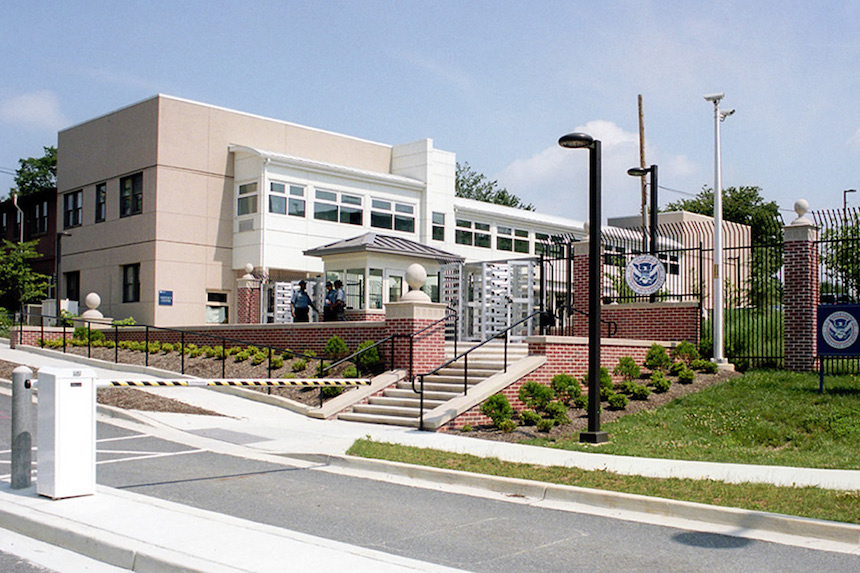
The Department of Homeland Security (DHS) Science and Technology Directorate (S&T) has launched a new approach to its research and development (R&D) mission with a new organizational structure that will improve its ability to more rapidly transition technology capabilities into operations and enable it to quickly respond to emerging threats.
“We no longer have the luxury of time to do traditional R&D, so we must change if we are to get ahead of threats cycles and keep pace with rapid innovation,” said William N. Bryan, the Senior Official Performing the Duties of the Under Secretary for Science and Technology. “We are improving our R&D business practices to make it easier for industry, including the start-up community, to work with us.”
The revitalized S&T structure enhances the focus on the needs of the DHS operational components and Homeland Security operators across all levels of government. S&T works across components and communities to learn their needs and challenges and includes its customers, partners and homeland security stakeholders in efforts to find and share solutions for making the nation safer.
The new structure enables the agency to be more agile and responsive, ready to move quickly to respond to changes in the threat environment, and to make use of existing technologies that can be adapted and leveraged to expedite the development of vital capabilities.
Another critical element of the new structure is the ability to more rapidly transfer capabilities to where they are most needed, working closely with S&T’s component partners and industry to deliver effective solutions.
“We are engaging our DHS acquisition colleagues earlier in the R&D process to help pave the way for a successful transition of capabilities to our customers as well as to the homeland security marketplace,” said Mr. Bryan. “Our emphasis is on clarity, transparency, and staying open to new ideas. Scientific and engineering excellence is at the core of everything we do.”
At the core of the revitalization is the three-pronged operating model blueprint that focuses first on understanding customers’ needs through strategic and transparent engagement, leveraging S&T’s expertise in operational analysis and systems engineering to help customers refine their needs. Next, S&T applies a deliberate, team-based approach that leverages S&T’s full range of capabilities, beginning with seeking out ready-made or easily adaptable solutions that can be delivered quickly and cost-effectively. And finally, efficient, transparent and accountable execution when a solution must be adapted or developed.
To accomplish this, S&T has reorganized into four primary offices that will work collaboratively.
- The Office of Mission & Capability Support will conduct the majority of program management in support of borders, immigration, maritime, first responders, detection capabilities, and physical and cyber security.
- The Office of Engineering & Science will include operations and requirements analysis, systems engineering, standards, technology scouting, test & evaluation, and transition.
- The Office of Innovation & Collaboration will focus on industry and international partnerships, and include such efforts as the Silicon Valley Innovation Program, Federally Funded Research & Development Centers, university programs and collaboration with national labs.
- The Office of Enterprise Services will include all of S&T’s support functions such as administration, communications, finance and budget, and the chief information office.
The revitalization effort involved more than 90 S&T employees who analyzed business practices and operational processes, and engineered the new structure with input from across the entire Directorate.

